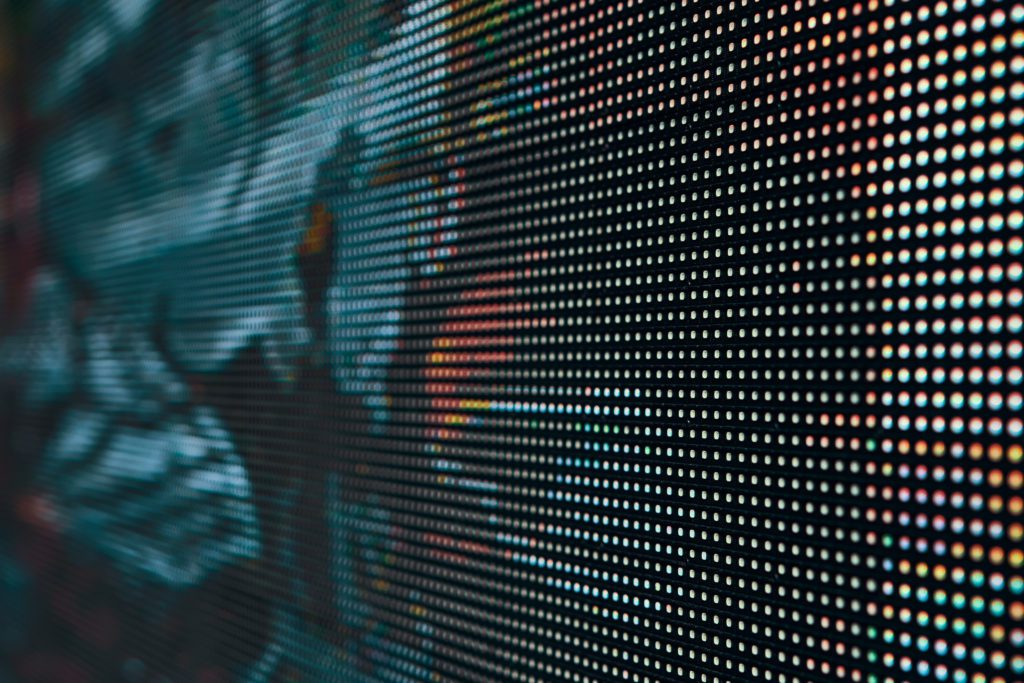Investigating The Way Resolution Influences the Functionality and Visual Caliber of LED Walls in Contemporary Display Techniques
Investigating The Way Resolution Influences the Functionality and Visual Caliber of LED Walls in Contemporary Display Techniques
Blog Article
Light Emitting Diode screens are becoming more and more common in various settings, including musical events and sports events to business presentations and art installations. One of the most crucial elements that influence the functionality and image quality of these displays is resolution. Resolution denotes the quantity of picture elements that make up the image on the display. Increased image clarity indicates more pixels, which can result in clearer and clear images. Grasping how image clarity affects LED walls can help operators make knowledgeable choices about their display needs.
When talking about image clarity, it is crucial to take into account picture spacing, which is the gap between the midpoint of one picture element to the center of the following picture element. A reduced picture spacing yields a greater image clarity, enabling additional clarity in the images displayed. For example, an LED wall with a pixel pitch of 1.5mm will provide a clearer image than one with a picture pitch of 3mm. This is particularly important in settings where audiences are near to the display, such as in a compact venue or a exhibition show booth. In these situations, a higher resolution can significantly improve the observing quality.
Another factor of image clarity is its impact on color accuracy and brightness. LED screens with greater image clarity often have superior hue reproduction, meaning that the colors displayed are more vibrant and realistic. This is essential for uses like advertising, where the goal is to attract attention and communicate a concept efficiently. Additionally, higher resolution displays can preserve brightness levels even when seen from various perspectives. This is crucial in large venues where viewers may be click this site positioned at different distances and angles from the display.
The functionality of LED walls is also influenced by resolution in terms of refresh rates and response times. A higher resolution screen can support quicker update frequencies, which is crucial for fast-moving material such as films and motion graphics. This indicates that the visuals on the display will appear more fluid and more fluid, enhancing the overall observing experience. In contrast, lower resolution displays may struggle with fast-moving material, leading to blurriness or lag. Therefore, for events that rely on high-energy visuals, choosing a display with a suitable image clarity is vital.
In summary, image clarity plays a crucial role in defining the functionality and image quality of LED screens. Factors such as pixel spacing, hue precision, brightness, refresh rates, and response times all contribute to how effectively a display can communicate data and capture audiences. As advancements continues to advance, grasping these factors will assist operators select the right LED wall for their specific needs, ensuring that they obtain the optimal potential outcomes in their displays and occasions.